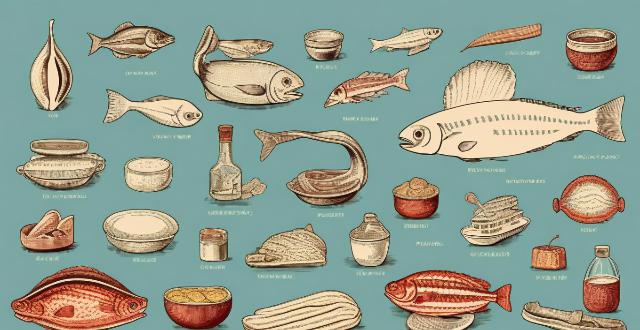The evolution of Indian cuisine is a result of various factors such as geography, climate, history, culture, and trade. India's diverse geography and climate have led to unique culinary traditions in each region, with coastal areas known for seafood dishes and northern plains famous for dairy products and bread. Historical influences like the Mughal era and British colonial period have also shaped Indian cuisine, introducing fusion dishes and bakeries. Trade routes and globalization have integrated foreign flavors into Indian dishes, while regional variations highlight the country's culinary diversity. Modern innovations include fusion dishes and healthier versions of traditional recipes. Overall, Indian cuisine reflects the nation's rich cultural diversity and adaptability to changing trends.

Evolution of Indian Cuisine Over Time
Indian cuisine is a rich tapestry of flavors, spices, and techniques that have evolved over thousands of years. The evolution of Indian cuisine can be attributed to various factors such as geography, climate, history, culture, and trade. Let's delve into the details:
Geography and Climate
India's diverse geography and climate have played a significant role in shaping its culinary traditions. From the snow-capped mountains of the Himalayas to the tropical forests of Kerala, each region has its unique produce and cooking styles. For example, the coastal regions are known for their seafood dishes, while the northern plains are famous for their dairy products and bread.
History and Culture
The history of Indian cuisine is intertwined with its cultural heritage. The ancient Vedic texts mention various grains, legumes, fruits, and vegetables that were consumed during that time. The Mughal era brought with it a fusion of Persian and Indian cuisines, leading to the creation of dishes like Biryani and Kebabs. The British colonial period introduced tea plantations and bakeries, which influenced the Indian palate.
Trade and Globalization
Trade routes and globalization have also contributed to the evolution of Indian cuisine. Spices like black pepper, cardamom, and cinnamon were highly valued commodities during ancient times and were traded across continents. This led to the integration of foreign flavors into Indian dishes. In modern times, globalization has made it possible for Indian chefs to experiment with international ingredients and techniques while preserving their traditional roots.
Regional Variations
Indian cuisine is not homogenous but varies significantly from region to region. Each state has its unique culinary identity shaped by local customs, ingredients, and cooking methods. Some prominent regional cuisines include:
- North Indian Cuisine: Known for its rich meat dishes, dairy products like paneer and yogurt, and bread like naan and roti.
- South Indian Cuisine: Famous for its rice-based dishes, coconut-infused curries, and dosas.
- East Indian Cuisine: Characterized by its use of mustard oil, fish, and rice.
- West Indian Cuisine: Known for its spicy vegetarian dishes and seafood preparations.
Modern Innovations
In recent years, Indian cuisine has undergone several innovations due to changing lifestyles and global influences. Many restaurants now offer fusion dishes that combine Indian flavors with international ingredients and cooking techniques. Moreover, there is an increasing emphasis on healthy eating, leading to the creation of lighter versions of traditional dishes using olive oil instead of ghee or substituting refined flour with whole grains.
In conclusion, the evolution of Indian cuisine over time reflects the country's rich cultural diversity, historical legacy, and adaptability to changing trends. As it continues to evolve, Indian cuisine remains a vibrant testament to the nation's culinary prowess and creativity.